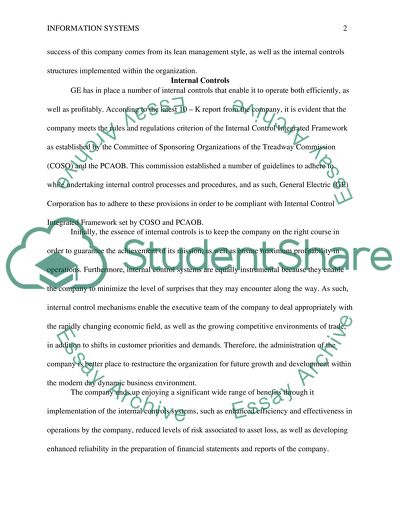Cite this document
(“Information Systems Term Paper Example | Topics and Well Written Essays - 2750 words”, n.d.)
Information Systems Term Paper Example | Topics and Well Written Essays - 2750 words. Retrieved from https://studentshare.org/finance-accounting/1691691-information-systems
Information Systems Term Paper Example | Topics and Well Written Essays - 2750 words. Retrieved from https://studentshare.org/finance-accounting/1691691-information-systems
(Information Systems Term Paper Example | Topics and Well Written Essays - 2750 Words)
Information Systems Term Paper Example | Topics and Well Written Essays - 2750 Words. https://studentshare.org/finance-accounting/1691691-information-systems.
Information Systems Term Paper Example | Topics and Well Written Essays - 2750 Words. https://studentshare.org/finance-accounting/1691691-information-systems.
“Information Systems Term Paper Example | Topics and Well Written Essays - 2750 Words”, n.d. https://studentshare.org/finance-accounting/1691691-information-systems.


